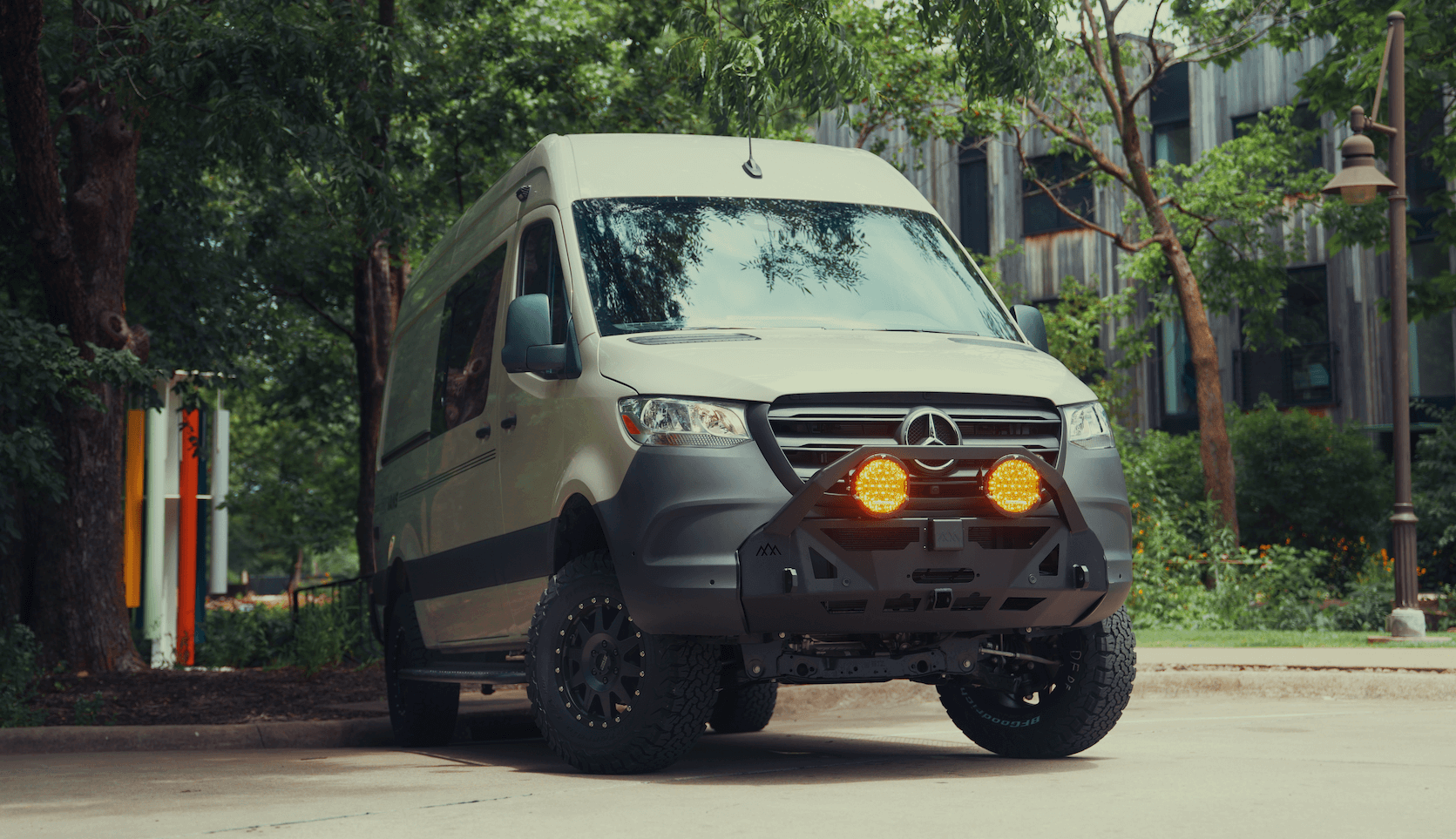Recreational Vans

A second alternator is a dedicated charging source separate from your factory unit. Instead of tasking one alternator with both vehicle loads and house batteries, you split the work. The auxiliary alternator typically feeds a house battery bank through a regulator, delivering high current even at idle. For rigs with induction cooking, air conditioning, large inverters, or long winter nights, this strategy keeps batteries topped without relying solely on shore power or solar. It also reduces stress on the vehicle alternator that was never designed for continuous high output into a deep cycle bank.
If your daily draw is 200 to 300 amp hours, a high output secondary alternator can return that energy in a short driving window. For example, a 170 amp alternator at 60 percent real world duty over a couple of hours can restore a significant portion of a lithium bank. This changes the equation for winter travel, dense forests, or cloudy regions where solar underperforms. It also helps support short but high surge loads like compressors and microwaves when combined with a properly sized inverter and battery.
Not every engine bay welcomes a second alternator. The decision starts with space, belt routing, and bracket availability. Some platforms accept a bolt on bracket and a longer belt. Others need a dedicated belt path with additional idlers for tension and wrap. Heat management matters too. Alternators work hard and shed a lot of thermal energy, so airflow and shield placement become part of the plan.
Modern vehicles often use smart alternators managed by the engine control module over communication lines. That is one reason a second alternator paired with its own regulator is attractive. It isolates house battery charging from the vehicle’s variable voltage strategy. For lithium batteries, a programmable external regulator ensures correct absorption and float behavior while monitoring temperature. For AGM banks, charge profiles are less strict, but proper voltage limits still protect longevity.
You can feed the house bank through:
Critical details include cable gauge sized for sustained current, short cable runs where possible, secure routing with abrasion protection, and correctly placed fusing at both ends. The charging circuit should be measured and verified with a clamp meter and a shunt based monitor to confirm expected current and safe temperatures during long charging sessions.
High current systems demand disciplined protection. Use quality fuses or breakers rated for the environment, marine grade cable, crimped and heat shrunk terminations, and robust strain relief. Belt slip, glazing, or misalignment will show up as noise, dust, or heat around the pulleys. Keep spare belts on board and inspect tensioners routinely. Alternators are happiest with good airflow and clean connections. Periodic checks of all lugs and grounds will keep voltage drop in check.
Popular van platforms each have their own path:
Trucks vary even more. V8 platforms can have room low on the passenger side, while compact engines may need creative bracketry. Before buying hardware, confirm pulley alignment, bolt patterns, and whether the crank pulley can support another belt.
As for costs, expect the full system to include the alternator, bracket kit, belt and idlers, external regulation or charging controller, cabling, fusing, mounts, and labor. Pricing swings with output targets and platform complexity. Install time commonly spans one to three days when fabrication is minimal. Add time for custom brackets or tight engine bays. Testing is non negotiable. A proper commissioning procedure logs hot idle current, cruise rpm current, voltage stability, regulator programming, and temperature rise after an extended charge.
A second alternator, when engineered correctly, does not degrade drivability. It should free spin with minimal impact when loads are light. Consider the impact on factory warranties and be prepared to show that the secondary system is isolated from the vehicle network. Keep documentation for bracket torque specs, belt part numbers, regulator settings, and wiring diagrams in your glovebox for service visits.
When you want dependable charging for an adventure van or overland rig, integration quality decides the outcome. Our team designs charging architecture around your battery chemistry, daily energy budget, and travel style. We model belt paths, specify cable gauges, set regulator profiles, and verify temperatures under load. For full rigs, we pair alternator charging with solar, shore power, and battery monitoring so the system behaves as a single, smart ecosystem.
If you are planning a full interior with induction cooking and climate control, explore our recreational vans to see how power planning supports real travel needs. Visit Recreational vans. If a fully tailored platform is the target, our Custom van build page shows how we shape layouts, electrical, and storage around your routes and hobbies. If you are sourcing a finance friendly platform first, review our Mainstream vans options to align chassis choice with power goals before the first bolt turns.
Strong charging turns a good build into a confident travel partner. Tell us what you want to run and for how long, and we will design the charging backbone that makes it happen.
Power up without compromises. Submit the form to start your second alternator plan and a complete charging system design tailored to your rig.
Ready to power serious off grid living without compromise? Tell us about your platform and power goals. OZK Customs designs and installs complete charging systems, including second alternators, to safely and quickly charge your house batteries. Submit the form and we will map your build, timeline, and budget to a proven solution.
ADDRESS:
6159 E Huntsville Rd, Fayetteville, AR 72701
PHONE:
(479) 326-9200
EMAIL:
info@ozkvans.com